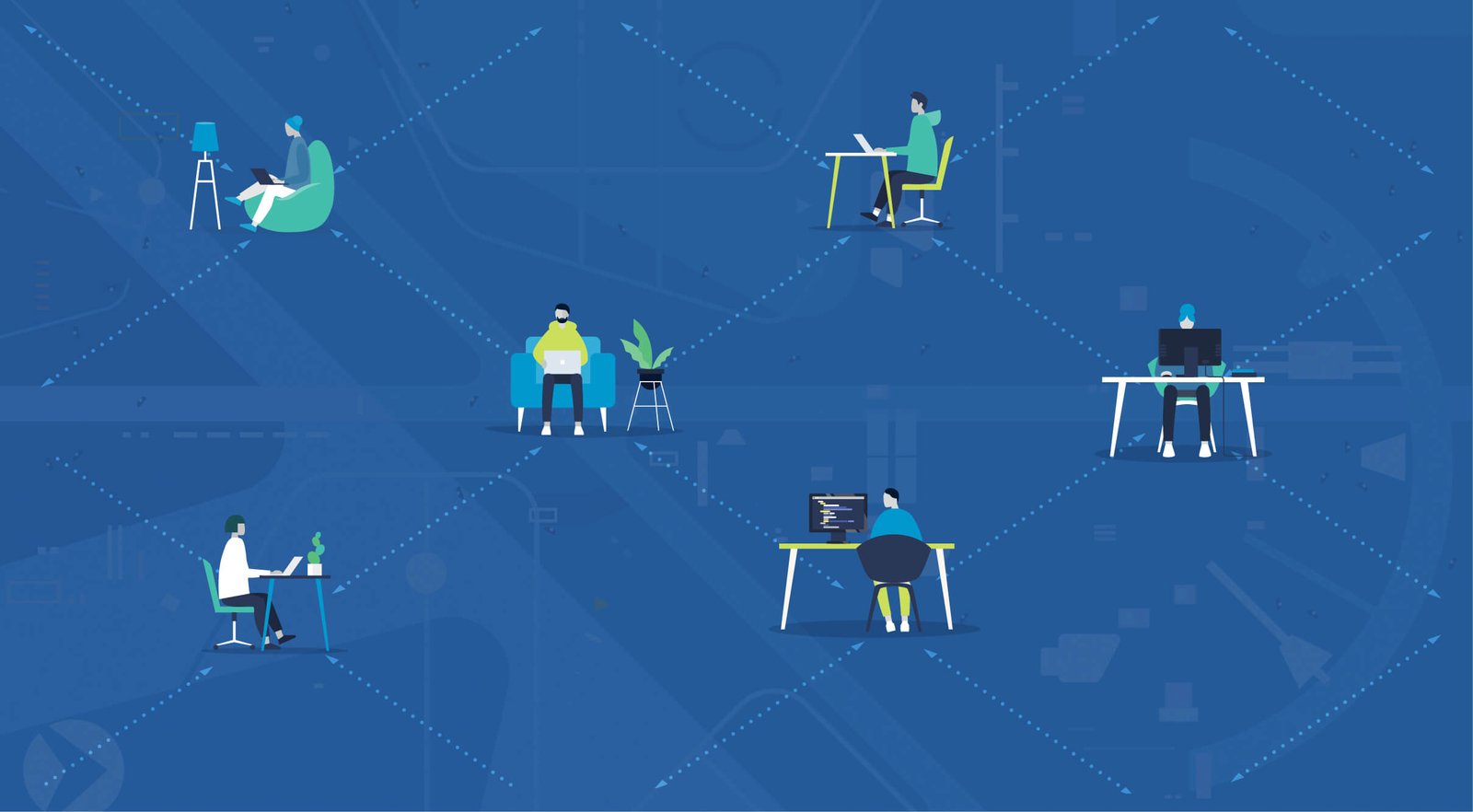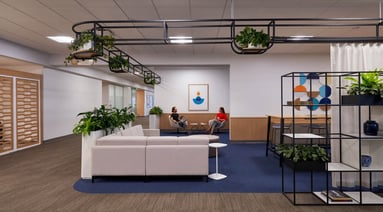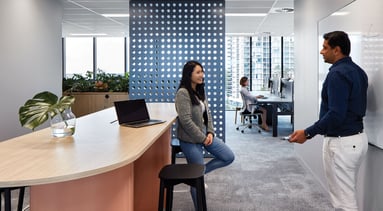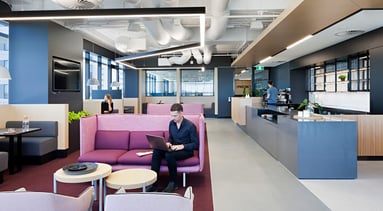Workplace adaptation and resilience in the age of COVID-19

Is desk sharing dead? Is working from home all it's cracked up to be? And how will we work in a post-pandemic future?
With the concept of ‘business as usual’ turned on its head, workplace strategists and designers are beginning to ask the big questions about what the current pandemic means for the office of the future – and how we create more resilient work environments in its wake.
Already, many preconceived ideas – such as the assumed benefits of working from home – are being questioned as we adjust to a ‘new normal’, says Unispace’s Global Principal of Strategy, Albert De Plazaola.
“With many workforces already adopting a working-from-home mode, we’re collectively starting to realise that the home environment might not unlock the productivity benefits we might have expected. Throw in the added layer of isolation that comes with social distancing measures, and we might actually find that we start to crave the connection and sense of community that comes with having a shared office to go to.”
“Beyond the current pandemic, there may in fact be a stronger emphasis on the workplace as a gathering place to do business and a greater recognition of the intrinsic emotional benefits of face-to-face connectivity,” he said.
Albert also goes on to speak on the long-held belief that desk sharing enables greater workplace efficiencies, and that this might also need to be modified in the aftermath of coronavirus.
At Unispace we’re well placed for our teams to make the transition to working from home with minimal disruption, however we’re currently assessing whether the legacy of COVID-19 will be a short, sharp adaptation of the way we work, or a deeper paradigm shift in the way workplaces are designed and delivered.
“COVID-19 might well sound the death-knell for desk sharing,” Albert continues.
“But – we need to be asking ourselves what the right balance is; we don’t believe workplaces will face a binary choice between having a distributed workforce or making a return to private offices."
“We will need a more holistic, sophisticated approach to office design in the future.”
While these larger, philosophical business decisions will need to be made in time, now is the moment for businesses to take decisive action in responding to the current crisis.
With operational impacts to business and supply chains inevitable, right now it is about adapting workplace models to allow for a new approach altogether; one that is agile, resilient and allows employees to thrive.
We have outlined a suite of considerations for businesses to begin asking themselves in the coming months as they prepare to go back to work in the office:
- Future workplace ergonomics:How will COVID-19 affect workplace ergonomics of the future? With social distancing and personal hygiene now informing everyday life, will future office designs need to incorporate antimicrobial materials?
- Hierarchy of employee needs: Employees have a hierarchy of needs that need to be met to ensure long-term workplace satisfaction and employee retention. How will this evolve in the age of COVID-19? Will the digitisation of the workplace lead to an increased desire for human connectivity? Will being forced to work from home shift employee perception towards remote working conditions?
- The digitisation of the workforce: The need to build a fully-integrated, holistic and digitalised workforce is now our reality. While communications channels such as Slack, Microsoft Teams, Zoom and Google Hangouts have increased efficiency in physical workplaces, how will the lack of face-to-face interaction enforced by remote working affect workplace productivity long-term?
- Remote working and mental wellbeing: A rapid shift from daily face-to-face connectivity to limited human interaction will inevitably impact employees. Will social isolation ultimately reduce productivity and cause harm to our mental wellbeing, or will employees show resilience in the face of crisis and adapt to new processes like video calling to manage the evolving situation?
- Leadership in the digitised age: What is best practice for agile leadership in the digital workforce? How can senior leaders keep remote teams focused, engaged and accountable?
- The water-cooler effect: With community-based office activities such as Friday drinks, team lunches and ‘water-cooler’ meetings on hold, how can companies introduce the ‘water-cooler effect’ to remote teams successfully?
Get in touch with our team if you have any questions on workplace adaptation and strategy.



